Kitchens have always been the heart of the home, but evolving trends and regulations are reshaping how they function. By 2030, homeowners may need to rethink their kitchen designs to meet new standards for sustainability, efficiency, and safety. Changes in building codes, environmental policies, and consumer preferences are driving these transformations. While some updates will be optional, others could become mandatory as cities and states enforce stricter guidelines. Understanding these emerging rules can help homeowners stay ahead of the curve and plan for a kitchen that meets future expectations.
1. Energy-Efficient Appliances Will Become Mandatory

By 2030, regulations may require all newly installed kitchen appliances to meet strict energy efficiency standards. According to The New York Times, governments worldwide are pushing for lower energy consumption in residential spaces to combat climate change. This shift means homeowners will need to upgrade to energy-efficient refrigerators, dishwashers, and ovens.
Energy-efficient appliances use advanced technology to reduce electricity and water usage. While the initial investment may be higher, they lead to long-term savings on utility bills. Additionally, rebates and incentives may be available to help offset costs, making the transition more affordable for homeowners.
2. Gas Stoves Could Be Phased Out
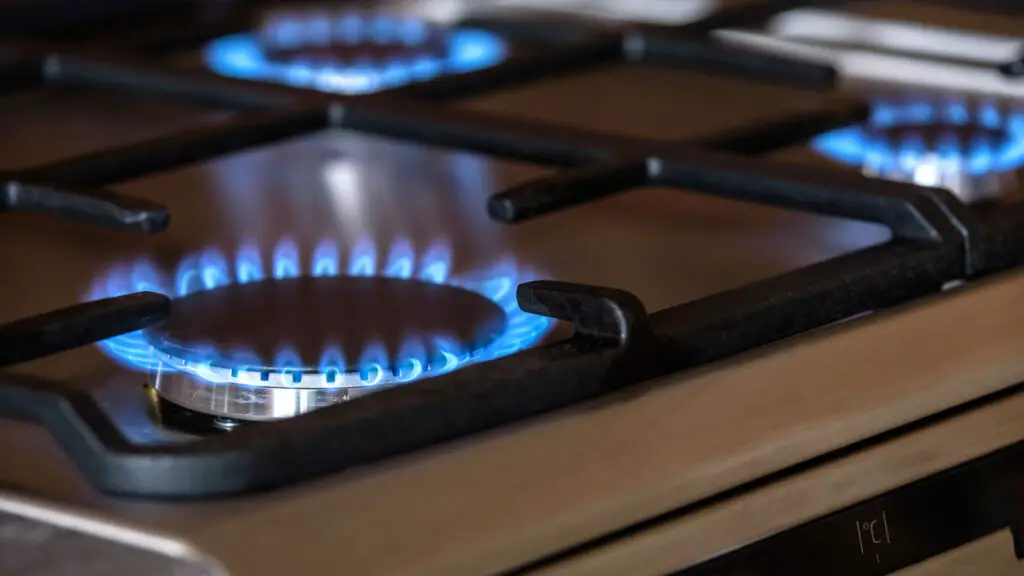
Many cities are already introducing bans on new gas hookups, a trend that could accelerate by 2030. The Washington Post reports that concerns over indoor air pollution and carbon emissions are prompting policymakers to encourage the switch to electric stoves. This means homeowners planning kitchen renovations may need to incorporate induction or electric cooktops instead of traditional gas ranges.
Switching from gas to electric has both benefits and challenges. While electric stoves offer greater energy efficiency and safety, some homeowners worry about losing the precision of gas cooking. Advances in induction technology, however, are making these alternatives more appealing by providing faster heating and better temperature control.
3. Smart Technology Integration Will Be Standard
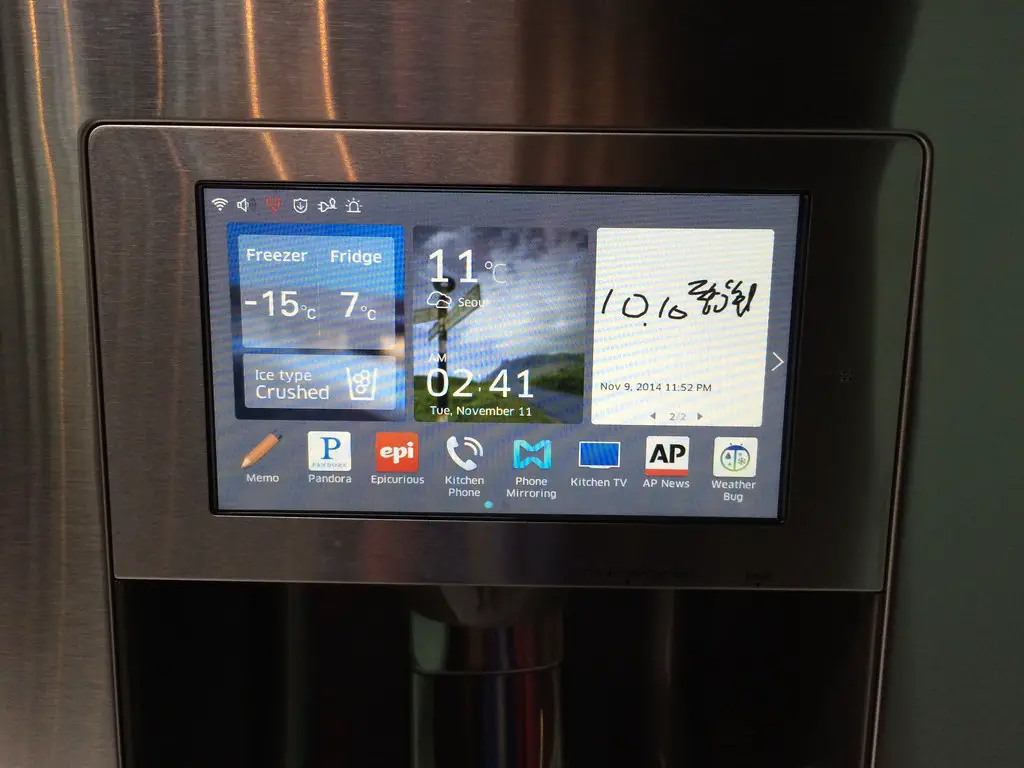
The rise of smart home technology is making its way into kitchen design. Forbes notes that touchless faucets, voice-activated lighting, and app-controlled ovens are becoming increasingly popular. By 2030, smart kitchen features could be a standard expectation rather than a luxury.
These advancements enhance convenience and efficiency in everyday cooking. Automated settings can optimize energy use, while remote monitoring allows homeowners to control appliances from anywhere. As manufacturers continue to improve smart technology, integrating these features will likely become essential for modern kitchen functionality.
4. Sustainable Materials Will Dominate Kitchen Designs
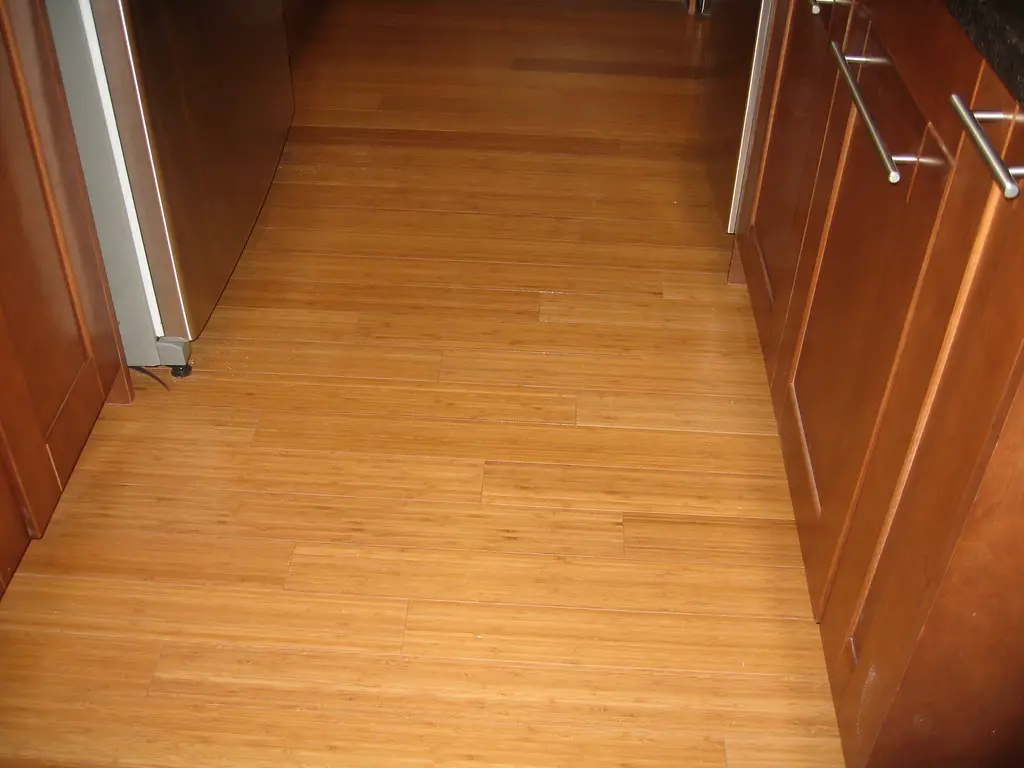
The demand for eco-friendly materials in home construction is on the rise. Architectural Digest highlights that sustainable countertops, cabinets, and flooring made from recycled or responsibly sourced materials are becoming the preferred choice. Homeowners who want to future-proof their kitchens will likely need to incorporate these environmentally friendly materials.
Sustainable options like bamboo flooring, recycled glass countertops, and low-VOC cabinetry reduce environmental impact while maintaining durability. As regulations push for greener building practices, homeowners may find that these materials are not only encouraged but required in new kitchen designs.
5. Touchless Faucets and Fixtures Will Be Required

Hygiene and water conservation are driving the adoption of touchless technology in kitchens. Motion-sensing faucets minimize the spread of germs while reducing water waste. By 2030, these fixtures could become mandatory in new and remodeled kitchens as health and sustainability concerns grow.
Touchless faucets provide both convenience and efficiency. They allow users to activate water flow without touching handles, which is particularly useful for food preparation. As plumbing regulations evolve, these features may be required in new homes to meet stricter water conservation goals.
6. Composting Stations Will Become Standard
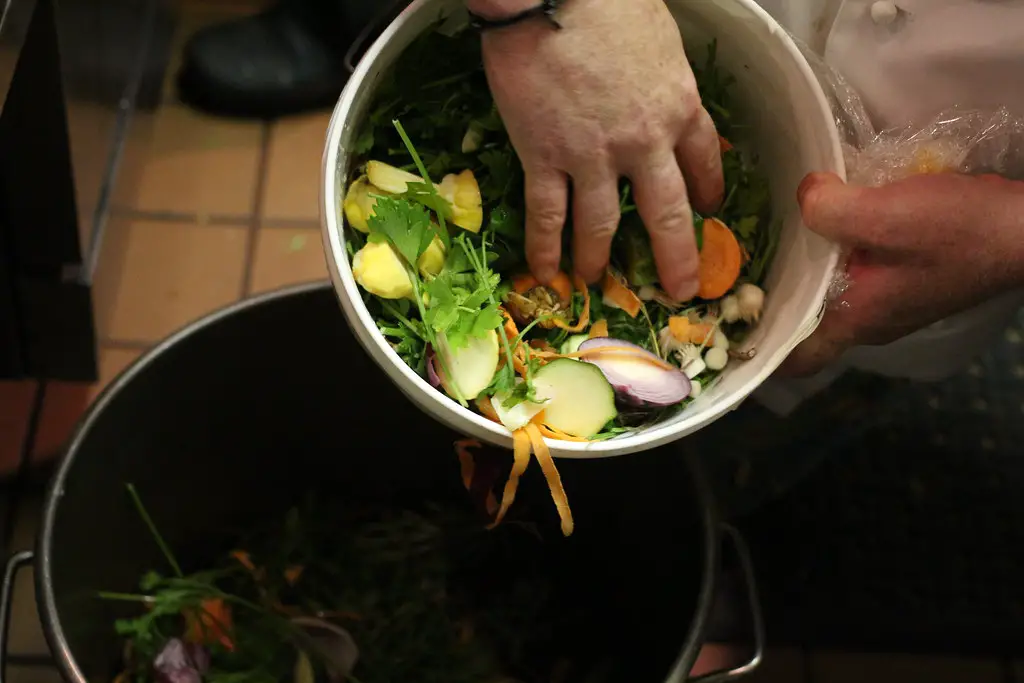
With increasing efforts to reduce food waste, built-in composting stations could be required in all new kitchens. Cities and municipalities are implementing stricter composting laws, making it necessary for homeowners to integrate designated areas for organic waste disposal.
Composting stations make it easier to separate food scraps and contribute to sustainable waste management. These systems can be designed as part of kitchen cabinetry, allowing for a seamless and odor-free disposal process. As waste reduction laws expand, composting could become a fundamental part of kitchen layouts.
7. Open Shelving Will Replace Upper Cabinets

The trend of open shelving is growing, and by 2030, it could become a practical necessity. As homes shrink and space efficiency becomes a priority, bulky upper cabinets may be replaced with open shelving to create a more accessible and spacious feel.
Open shelving allows for easy organization and a more streamlined aesthetic. While some homeowners may prefer traditional cabinets for storage, modern design trends favor open layouts that make kitchen essentials more visible and within reach. This shift could redefine how kitchens are structured in the future.
8. Built-In Water Filtration Systems Will Be the Norm
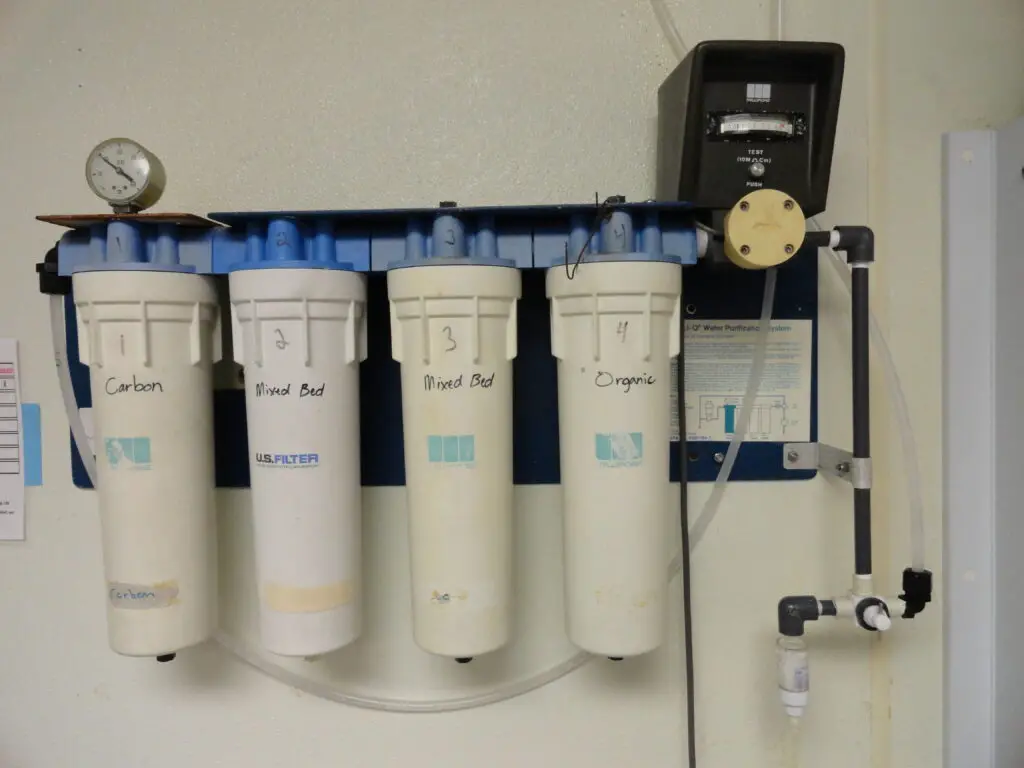
Concerns over water quality are leading to an increased demand for built-in filtration systems. Many municipalities are setting stricter water purity standards, which may prompt homeowners to install under-sink filtration units or whole-home water purification systems.
Built-in filtration systems provide cleaner drinking water while reducing reliance on bottled alternatives. These systems are expected to become standard in modern kitchens as health-conscious homeowners prioritize safe and sustainable water sources.
9. Larger Windows for Natural Light Will Be Encouraged
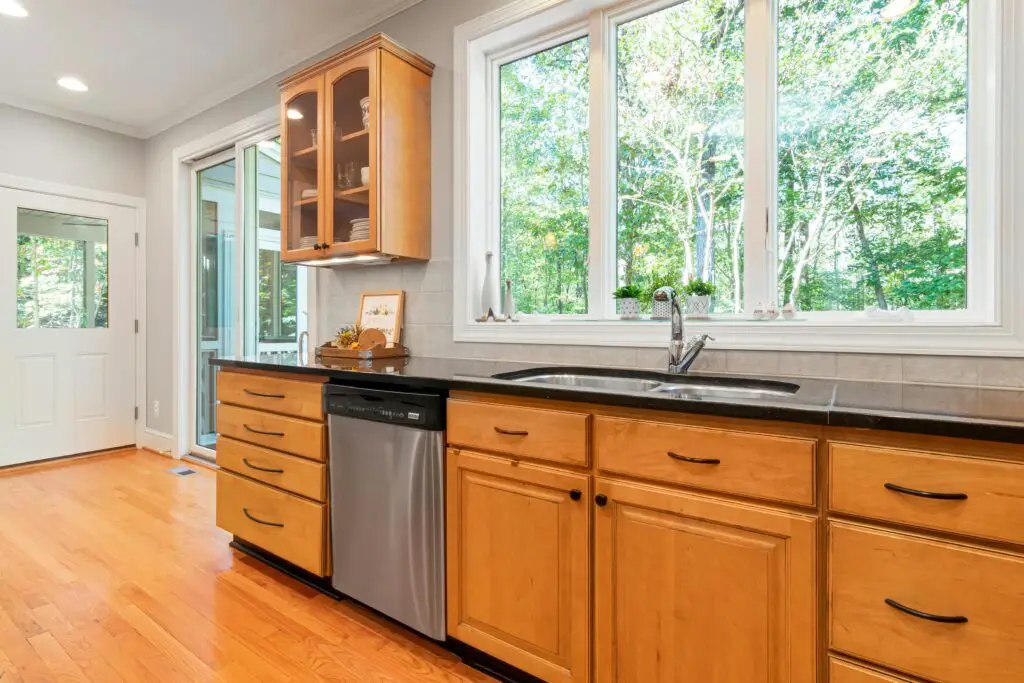
Architectural trends are favoring larger windows to increase natural light and ventilation in kitchen spaces. Health experts advocate for increased daylight exposure as a way to improve mood and energy levels, making it a desirable feature in home design.
Expanding window sizes not only enhances aesthetics but also reduces the need for artificial lighting. By incorporating more natural light, homeowners can create a brighter, more inviting kitchen environment while cutting down on electricity consumption.
10. Walk-In Pantries Will Replace Traditional Cabinets
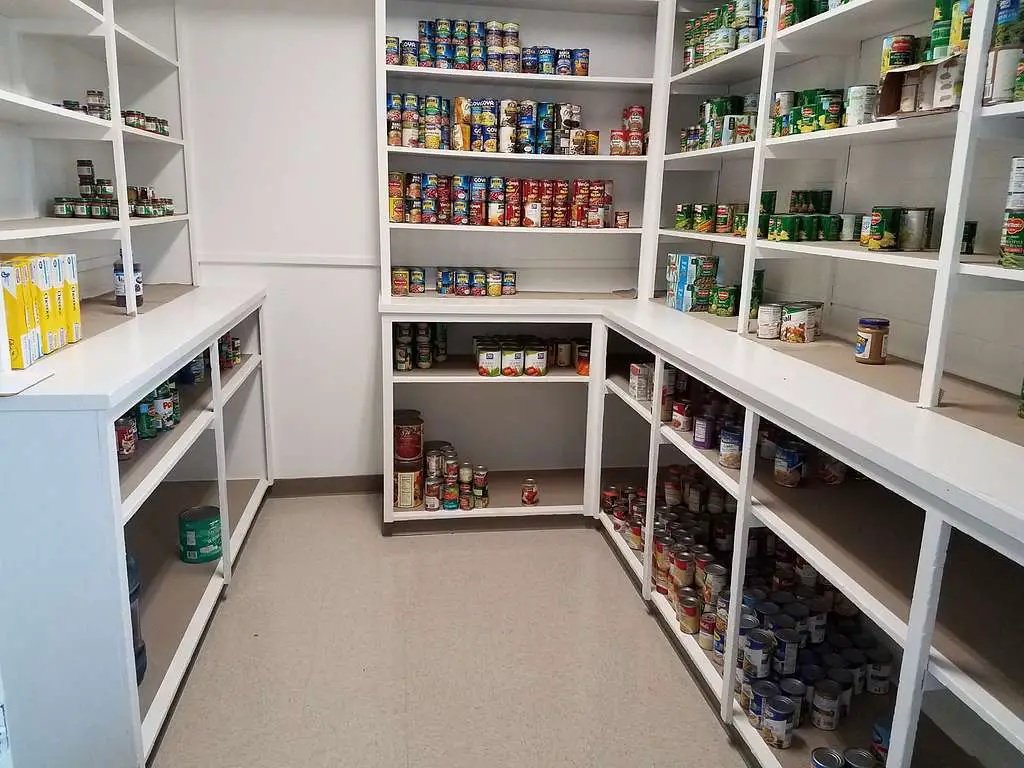
Storage needs are evolving, with walk-in pantries becoming more common in modern homes. As homeowners look for better ways to organize their kitchen essentials, walk-in pantry designs may replace traditional cabinetry for improved functionality.
These spaces provide ample storage for bulk items and reduce countertop clutter. Homeowners planning renovations may find that a walk-in pantry is a valuable upgrade that enhances both efficiency and resale value.
11. Multi-Functional Islands Will Be a Must-Have
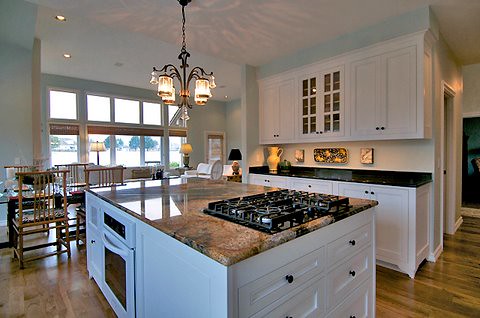
Kitchen islands are no longer just for meal prep—they are becoming multi-functional workspaces. By 2030, islands with built-in charging stations, seating areas, and storage compartments will be an essential part of kitchen layouts.
These islands provide a central hub for cooking, dining, and socializing. As open-concept designs remain popular, a well-equipped kitchen island will play a crucial role in maximizing space and usability.
12. Recycling Stations Will Be Integrated into Kitchen Designs
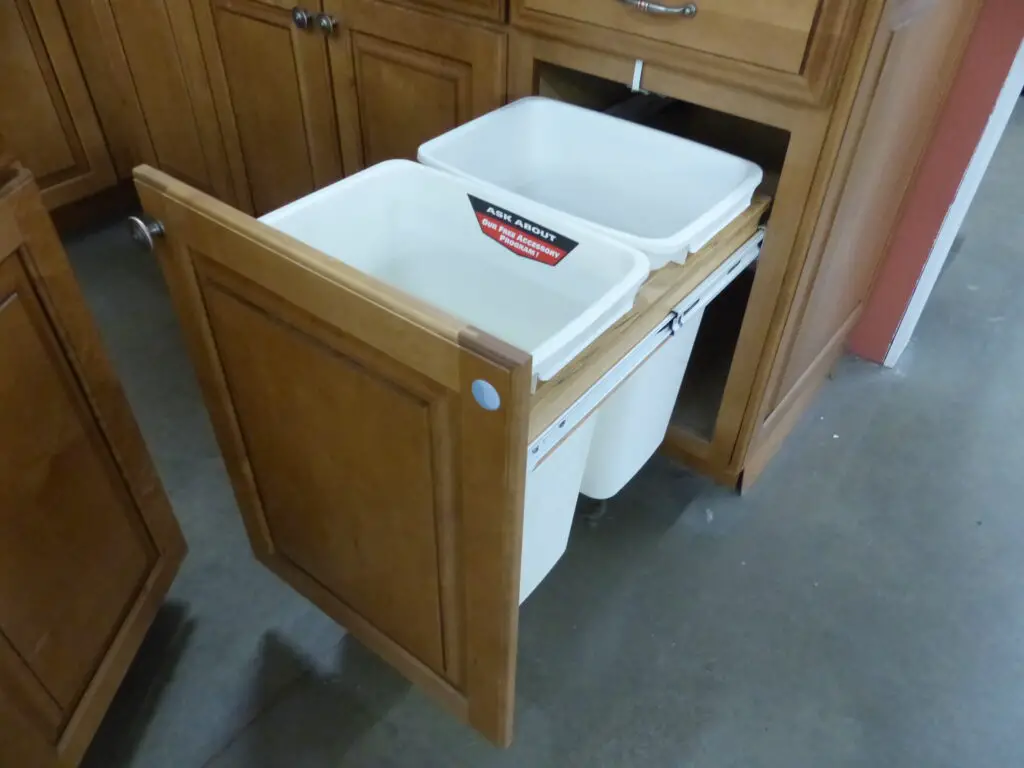
With increased focus on waste management, integrated recycling stations will be a key feature in future kitchens. Homeowners will be encouraged to separate recyclables more efficiently, leading to built-in bins for paper, plastics, and other materials.
Having designated recycling areas makes sorting waste easier and more efficient. As sustainability initiatives expand, these systems may become an expected standard in all newly designed kitchens.
